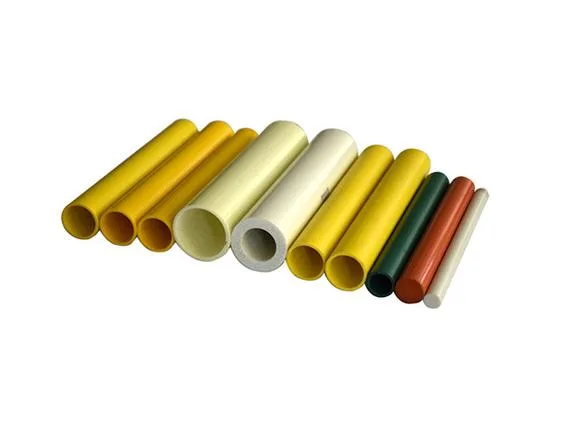Fiber reinforced plastic (FRP) has emerged as an essential material in industries ranging from construction to automotive and aerospace, thanks to its superior qualities compared to traditional materials. Its popularity stems from its unique combination of strength, durability, lightweight nature, and resistance to environmental elements. In this article, we will explore five significant benefits of fiber reinforced plastic, providing practical insights to help you understand why FRP might be the right choice for your next project.

fiber reinforced plastic
1. Exceptional Strength-to-Weight Ratio
One of the most compelling reasons industries turn to fiber reinforced plastic is its remarkable strength-to-weight ratio. FRP combines reinforcement fibers—such as fiberglass, carbon fiber, or aramid fibers—with a polymer matrix to deliver strength comparable to metals, yet at significantly lighter weights.
Practical Example: In automotive manufacturing, using FRP can significantly reduce vehicle weight, resulting in improved fuel efficiency and performance.
Statistical Insight: According to studies, replacing steel components with FRP can reduce weight by as much as 60%, dramatically enhancing efficiency and reducing overall operating costs.
2. Outstanding Durability and Longevity
Fiber reinforced plastic offers impressive durability, making it an excellent choice for harsh environments. FRP doesn’t rust or corrode like traditional metals, extending the lifespan of structures and reducing maintenance needs.
Real-World Application: Bridges, marine structures, and storage tanks often utilize FRP due to its high resistance to moisture, chemicals, and UV rays.
Authority Quote: The American Composites Manufacturers Association notes that FRP structures can last up to 50 years or more without substantial degradation, significantly surpassing traditional materials.
3. Versatile and Customizable Design
FRP’s flexibility in design and fabrication makes it highly versatile, allowing manufacturers to tailor materials specifically to project needs. FRP can be molded into complex shapes without compromising structural integrity, supporting innovation across various sectors.
Industry Application: Architects and engineers prefer FRP for its ability to create complex, aesthetic, and ergonomic designs unattainable with metals.
Examples of Use: Modern amusement park rides, artistic building facades, and aerodynamic sports equipment frequently rely on FRP’s customizable features.
4. Excellent Chemical and Corrosion Resistance
Fiber reinforced plastic exhibits exceptional resistance to chemicals, corrosion, and environmental degradation. This characteristic is critical for industries operating under aggressive environmental conditions.
Common Usage: FRP is extensively used in chemical processing plants, wastewater treatment facilities, and marine applications due to its resistance to acidic, alkaline, and saline environments.
Illustrative Statistic: FRP equipment can operate reliably under harsh chemical exposure without frequent replacement, leading to a maintenance cost reduction of over 30% compared to steel counterparts.
5. Cost-Effectiveness Over Time
While the initial investment for fiber reinforced plastic materials may be higher compared to some traditional options, FRP proves highly cost-effective over time due to lower lifecycle costs. Reduced maintenance, lower transportation costs, and longer service life all contribute to significant financial savings.
Economic Advantage: Businesses experience substantial savings from reduced downtime, fewer replacements, and less frequent inspections and repairs.
Practical Insight: FRP’s lighter weight reduces shipping and installation costs, enabling faster project completion and increased productivity.
Conclusion
Fiber reinforced plastic offers a compelling combination of strength, durability, versatility, resistance to corrosion, and overall cost-effectiveness. These five key benefits highlight why FRP has become a preferred material choice across numerous industries. Whether you’re involved in construction, automotive design, marine applications, or chemical processing, considering FRP for your next project could significantly enhance your outcomes.
Did you find this article helpful? Share your experience with FRP in the comments below or subscribe to our newsletter for more industry insights and updates!
 info@unicomposite.com
info@unicomposite.com


























